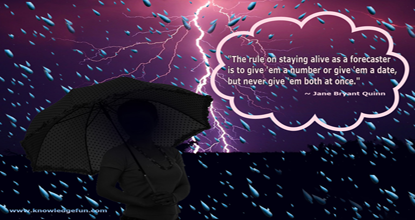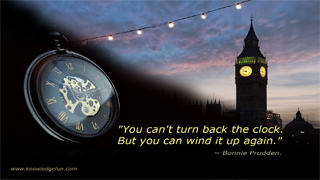About DNA
DNA is the chemical found in the nucleus of cells that makes up chromosomes. It is important to all cells, and to all organisms, because an organism (be it an amoeba or a human being) could do nothing without DNA. It could not carry out its normal functions, could not replace worn-out cells, and could not reproduce.
DNA is responsible for passing genetic information to new cells during the process of cell division, it is responsible for passing genetic information from one generation to the next during reproduction, and it provides the instructions for building proteins, which in turn carry out the major functions of a cell.
Thanks to the work of James Watson, Francis Crick, Linus Pauling, and many other scientists, we now know that DNA is a double helix (spiral) molecule, consisting of two complementary strands of sugar-phosphate groups with bases attached. The sequence of bases (A, G, C, and T) provide all the genetic information needed to carry out the cell’s activities.
Did You Know?
Different cells reproduce at different rates. For example:
- Cells of the nervous system are never replaced.
- Red blood cells last a few months before being replaced by new red blood cells.
- Cells in the intestines live only a few days.
DNA damage can occur from many sources. Attacks by reactive oxygen species produced from normal metabolic byproducts, Ultraviolet Radiation from the Sun, X-ray’s, Thermal Disruption, Plant Toxins, Viruses, Chemicals, and other means. Find out more about role of oxygen radicals in DNA damage and cancer incidence...
Over 74,000 damage incidences occur in DNA per cell per day. Repairing damaged DNA is vital for your survival and physical well being. That's why DNA damage is a major topic of research within cancer biology.

Damage not only causes cancer, it is used as a means to cure certain cancers through radiotherapy or chemotherapy and is also responsible for the side effects of these treatments.
Cancer is out-of-control cell division. It involves a change in the DNA structure that causes an alteration of the normal DNA regulating mechanisms. The malignant (cancerous) cells no longer respond to normal regulatory signals. Cancer most often strikes older individuals.
With Binaural Beats technology it is possible to bring the frequencies of the brain to a Low Delta State that will provide DNA stimulation and promote DNA Healing.
Read more about beat stimulation...
Damaged DNA needs to be stimulated back in order to ensure a smooth and normal living.
UNRAVELLING THE CODE
In the early part of the 1950s two young scientists working in England, James Watson and Francis Crick, pieced together a very important biological puzzle. They unravelled the complicated structure of the DNA molecule. Their work marked a turning point in the study of genetics and molecular biology. Watson and Crick’s discovery was of tremendous importance to the field of biology, and it was also important to these two young men!
As Crick wrote in 1974, "Rather than believe that Watson and Crick made the DNA structure, I would rather stress that the structure made Watson and Crick. After all, I was almost totally unknown at the time and Watson was regarded, in most circles, as too bright to be really sound."
When Watson and Crick began their work on DNA in Cambridge, England, several parts of the puzzle had already been assembled. For example, it was known that DNA contained nucleotides attached to a sugar phosphate group. X-ray studies had revealed a helix (coil) shape. Some of Linus Pauling’s work had shown that proteins are sometimes coiled in this way and held in shape by hydrogen bonding between the coils. There were also data suggesting that the nucleotides containing thymine (T) were about as numerous as those containing adenine (A). Furthermore, the number of nucleotides containing guanine (G) approximately equaled those containing cytosine (C). Using all of this information, Watson and Crick set about to construct a model that fit everything that was known about DNA and that could explain how DNA could carry such vast amounts of genetic information and also exactly copy itself, as needed.
According to Watson and Crick’s model, DNA is a double stranded helix, shaped like a twisted ladder. The sides of the ladder are long strands of repeating sugar-phosphate groups. The rungs of the ladder consist of paired bases, of which there are four kinds: A, G, C, and T. A can only pair with T, and C can only pair with G. The complementary pairs are connected across the rungs by hydrogen bonds. The sequence of bases along each strand provides the genetic code, much like a four-letter alphabet.





